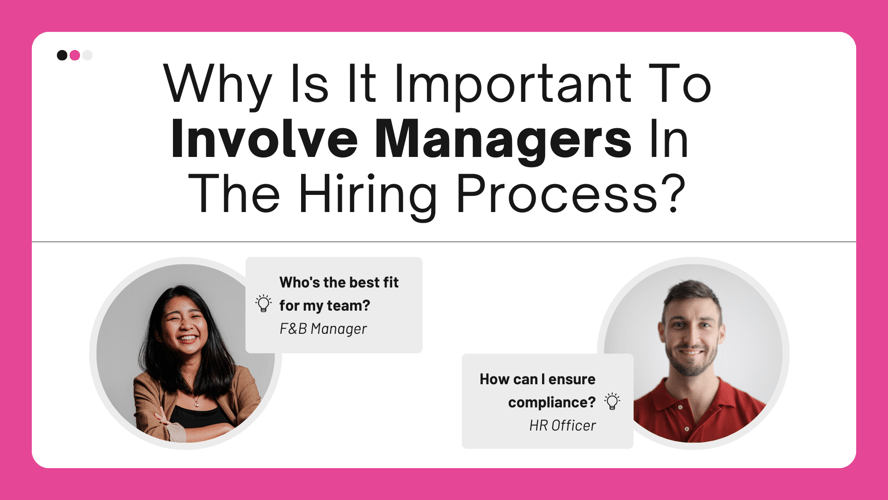What are the 10 most important questions a corporate HR should ask and have answers for, prior to finalising their decision regarding which recruitment software they should buy for their organisation.
Although, with cloud-based systems, the investment required to acquire a new recruitment system, is much much smaller… you still don’t want to get this decision wrong. To buy a recruitment software, is still, a significant investment in money and time.
So I put this list of 10 questions that I think are very important and I hope they add value to your decision process – get in touch if you have any feedback – I’d love to hear from you and learn that this article opened your eyes on at least one aspect of the process or the technology.

1) Cloud-based
The majority of all modern and reliable Recruitment Systems are cloud-based. I don’t want to convince you to go cloud, but if you do, then here are some pros and cons and thing to watch out for:
Positive things about cloud-based software:
- Nothing for you to install on neither the PCs of the users, nor on the company’s servers
- You would need very little if any support, from your IT team during the purchase process
- Minimises the initial investment required and which is the biggest barrier to entry for most companies when purchasing new software – the biggest reason for delaying the purchase decision
Things to watch out for with cloud-based software:
- Where’s the data hosted? Make sure the data is hosted in a location(s) that’s in accordance with your particular jurisdictions and company requirements. For example, in Australia all companies prefer that their data is hosted in Australia
- Data Privacy – make sure that the data privacy of the supplier is also in accordance with your jurisdiction’s requirements
- Data ownership and have it handed over when relationship ends – make sure that you have it in writing that the supplier will give you a backup of your data if and when you decide to move away to another supplier
- Service availability – make sure that the supplier is reliable, in terms of availability of the service – ask for a reference – one that has been using the system for over a year and ask them how many times has the system been down? and what’s the longest continuous period of downtime they experienced
2) What browsers does it work on?
Make sure that it works on the browsers that your users will need it to work on – take into account that for example, your users might be using it on Chrome from their desktops but on Safari from their iPads. Try it out via some kind of trial if you can.
3) The illusive “Setup” cost – TCO
TCO means Total Cost of Ownership – make sure that the supplier uses the TCO metrics when communicating with you – all the time – in conversations and in writing.
The setup cost can be very illusive and can make a huge difference to your TCO – make sure the supplier gives you the cost figures in this way:
Year 1 TCO: XXXXXXX
Year 2 TCO: YYYYYYYY
Year 3 TCO: ZZZZZZZZ
You might want to only sign up for one year – that’s fine – still insist on TCO – you might want to even commit to a month by month basis type of commitment – they still should be able to give you a yearly TCO.
So these are the things you want clarity i.e. make sure it’s included in the TCO figures:
- Initial Setup
- Training
- Yearly or monthly subscription fee for all the users you require
- Support
- Maintenance
- Instant Product Update
- Building a new career site or integrating a job-board within your existing career site/website
- Same for Internal hiring board within your Intranet
- Cost for OnBoarding module if relevant
- Integration with your Payroll or HRMS if needed
4) Pricing – ‘per user per month’ model vs. the ‘Unlimited user model’
If you are a corporate client then you might want to consider purchasing a SaaS system that’s based on Unlimited user model – this typically will be based on the size of your organisation or the annual hiring activities.
The reason for that is, for example, if you need to use the requisition module… in this case, all your hiring managers and most of your executives will have to be created as users in the system. Because the either need to submit a new request to hire, or they need to approve a request to hire. So in this case, you’ll end up paying for so many users and it would workout way too expensive.
5) Does it have an App for some of its functions?
You might be someone who prefers to use the entire recruitment system form your smart phone – you might on the other hand be someone who loves to work from their large screen and fast PC.
No matter which of the above two camps you happen to belong to… you will agree that there is a minimum set functions that need to be available from an App.
For example, wouldn’t be nice to receive an instant notification when a new application arrives for a job that you’re desperate to fill?
Also, wouldn’t be nice that once such instant notification of the new applications pops up on your phone, wouldn’t be nice to just swipe and start reading their resume and even the rest of their application? and be able to call them or SMS straight away?
Also, approving a request-to-recruit is another feature that lends itself perfectly for smart phone. Executives on the move can approve or reject a request to hire, in no more than a few clicks.
6 ) Does it come with a request-to-recruit approval workflow?
Any modern and savvy recruitment system for corporate clients, should come with a request-to-recruit module, that would transform your paper-based approval workflow into an electronic and slick approval workflow.
It would be a great shame if you were to still go through the approval workflow using the paper forms and when it’s all approved… then having to type some or all of the info from the form(s) into the system in order to start recruiting.
A modern and highly configurable Recruitment System should allow you to configure an Electronic form and the workflow around it, to exactly capture your approval requirements.
7) Does it have a Multi-posting module
A modern recruitment software, should also have multi-posting capabilities. This means that in a few clicks, you’d be able to post your job ad, to 10s of free & paid job-boards as well as to social sites like Facebook, LinkedIn and Twitter. In addition to that, the same multi-posting module will also enable you to post your ad to your career site and/or to your Internal hiring board within your company’s Intranet.
8) Career Site & Internal hiring board
It’s imperative that the recruitment system links with your career site. The career site should be the centre of the universe to the recruitment strategy for a corporate.
Here’s some of the things you need have in a career site:
- Mobile-enabled – make sure it works on mobiles, because over 50% of applications are now generated from a mobile device. Also over 50% of job seekers interviewed said would think negatively about the brand if career site didn’t work from their mobile
- Dynamic screening questions – make sure that you can configure a set of screening questions templates to use for the various roles you recruit for and that when you make any changes to the screening question set of a job, changes are instantly reflected on the career site i.e. the next candidate that goes to apply to the role, will see those changes that you made – NO HARD CODING! So many non IT savvy HR professionals made the mistake of engaging the wrong technology providers and ended up with a career site that needs so much maintenance to keep relevant
- Apply with social profiles options on the application form
- Upload resume straight from CLOUD-storage sites such as Google Drive and DropBox etc.
- Join talent communities option.
9) Integration with Payroll
This point is particularly important if you intend to have OnBoarding capabilities as part of the Recruitment System. Once the candidate has completed their New Employee Pack, the On-Boarding user should be able to transfer all relevant candidate and job information straight into the Payroll system. Basically in a few clicks the user should be able to create an Employee record in the Payroll system… i.e. from the Candidate record in the On-boarding module, which is part of the Recruitment Offering and to a New Employee record in the Payroll system… and no more than a few clicks and without double handling and introducing errors.
10) Support
Make sure the support works for your business – the hours, the language you require, the service level etc.
It depends on your business and over how many locations your business is spread – you need to make sure that support is available for those users in your business that need it and when they need it.
Make sure you’re clear on this point as it might end up a huge disappointment.





Blog comments